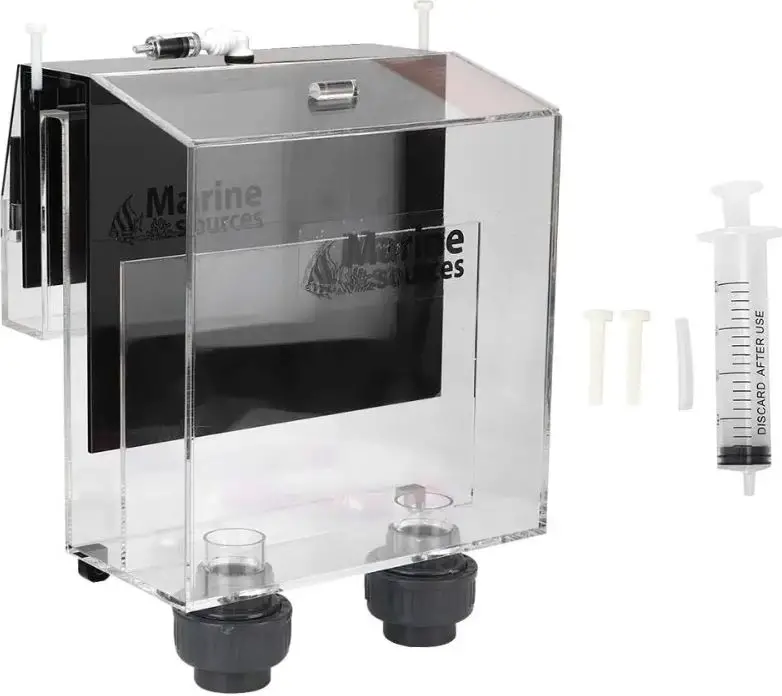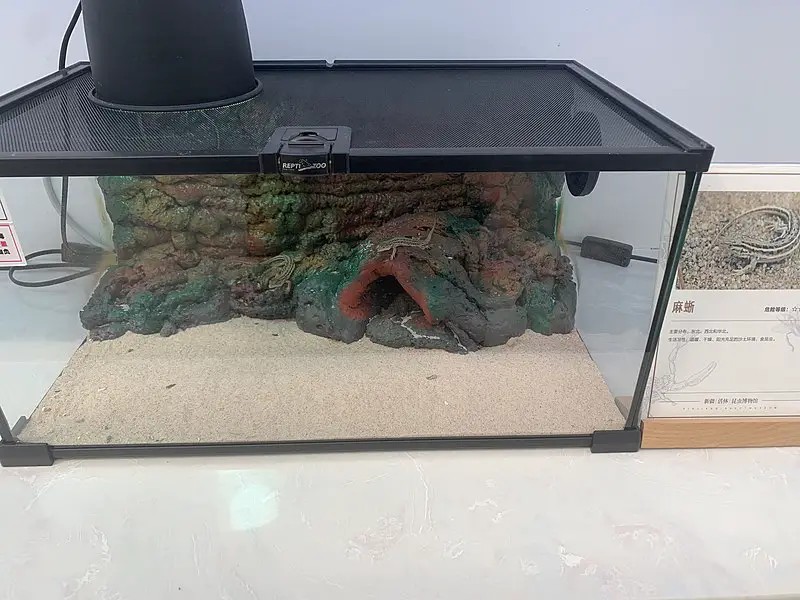You’re looking to set up a saltwater tank and you see advertisements for an overflow box. So now you’re probably wondering: what is an overflow box, and is it necessary?
Aquarists setting up a saltwater aquarium should purchase or build an overflow tank system for their aquarium to prevent overflowing and keep the water level at the same height. An overflow box maintains your tank’s surface water by using gravity to remove any excess.
So now you know you need one, but how does it work, and how do you decide the right one for you? Don’t worry- we won’t let you swim adrift! In the rest of this article, we’ll be breaking down how overflow boxes work and which style is best for your needs.
Is an overflow box necessary?
An overflow box is a system that people use in their aquariums to regulate surface water and prevent overflowing. Overflow boxes are necessary to help keep your aquarium happy and healthy. They’re also helpful if you want to avoid water spilling onto your nice hardwood floors.
Aquarium water’s surface is one of the most important aspects of a tank to keep clean. Most of the oxygen in your aquarium comes from where air meets the water’s surface.
The surface water also tends to get contaminated quickly. Fish waste rises to the surface, and so does uneaten fish food. This build-up of gunk creates a barrier that prevents oxygen from being able to dissolve into the water.
To prevent clogged water surfaces, many aquarists will choose to install an overflow box to keep their fish safe.
How does an aquarium overflow tank work?
An aquarium overflow tank works by removing excess water from the tank and depositing it into a sump. A sump tank collects water with unwanted chemicals or debris.
An overflow tank functions similarly to a dam. It uses gravity to regulate the water. The top of an overflow box always has teeth or slits, which act as the top of the dam. Like any dam, you have the high water side- the aquarium- and the low water side- the overflow tank where the slits let water through.
The only way water goes into the overflow tank is if the water in the aquarium gets too high. That water then pours down a drain inside the overflow and is deposited into the sump.
What is an internal overflow box?
An internal overflow box can be either a four-sided or five-sided box that you install inside your tank. A four-sided box is open on the top and back. To install a four-sided overflow box, you will have to silicone it in place to one of the aquarium walls.
Unlike the four-sided, a five-sided box has a wall on the back, so you do not have to silicone it.
Aside from the standard box-shaped overflows, you can also install a column-shaped one. Column-shaped overflows are more versatile than their box counterparts and extend from the tank’s surface down to the bottom.
Where should an aquarium overflow box be placed?
The only location requirement is to install the overflow box near the water’s surface. As long as it is near the surface, overflow boxes can go in many places within your tank.
Aquarists often opt to install their overflow tank inside an aquarium’s back corner. Hiding it in the back of the tank is ideal if you do not want it to obstruct your aquarium’s view.
Ultimately, however, the location of your overflow box is up to personal preference.
How does an external overflow box work?
External overflows typically have four main components. These are:
- A black box
- A tube or siphon
- A clear overflow box
- A tube connection to the sump tank
Due to the slits at the top, water slips through into the black box. These slits are only large enough for water to leak through, keeping the wildlife of your tank safe.
The black box connects to a clear overflow box on the other side of the glass. A tube, sometimes called “the U tube,” runs between the two depositories, carrying water from the black box into the clear one. Some models use a mechanical siphon in place of the tube.
The tube is always underwater and acts like a straw, sucking up water from one to the other to equal the levels.
The clear box in typical standard models has a middle divider. The divide in the box is lower than the standard water level of the black box. This lower divide means that when the water on the left side of the clear box starts to equal the contents of the black box, it spills over into the right.
Inside the right side of the clear box is a tube that directs the water into the sump tank. The sump tank pumps more water into the tank, continuing the cycle to filtrate the tank and refresh the surface water.
External vs. Internal Overflow: Which is right for you?
Many experts recommend that people install internal overflows instead of external ones for many reasons.
One reason is that internal overflows involve less risk. Though rare, if the siphon on an external overflow breaks, the air gets in, and the water no longer gets taken out. A broken siphon means the water level can continue to increase and risk overflowing out of the aquarium and onto your flows.
Internal overflows are also often cheaper than external ones, making them more budget-friendly.
However, internal overflows are not as simple to install as external. Internal overflow systems require you to drill at least one hole into your tank. Some tanks come manufactured with holes for an overflow system already, but if yours does not have a hole in it, you can easily put one in.
Final thoughts
Overflows are necessary for any saltwater aquarium to help regulate water levels and keep the surface filtrated. An internal system is more cost-efficient and less likely to break, but an external system is easier to install.



